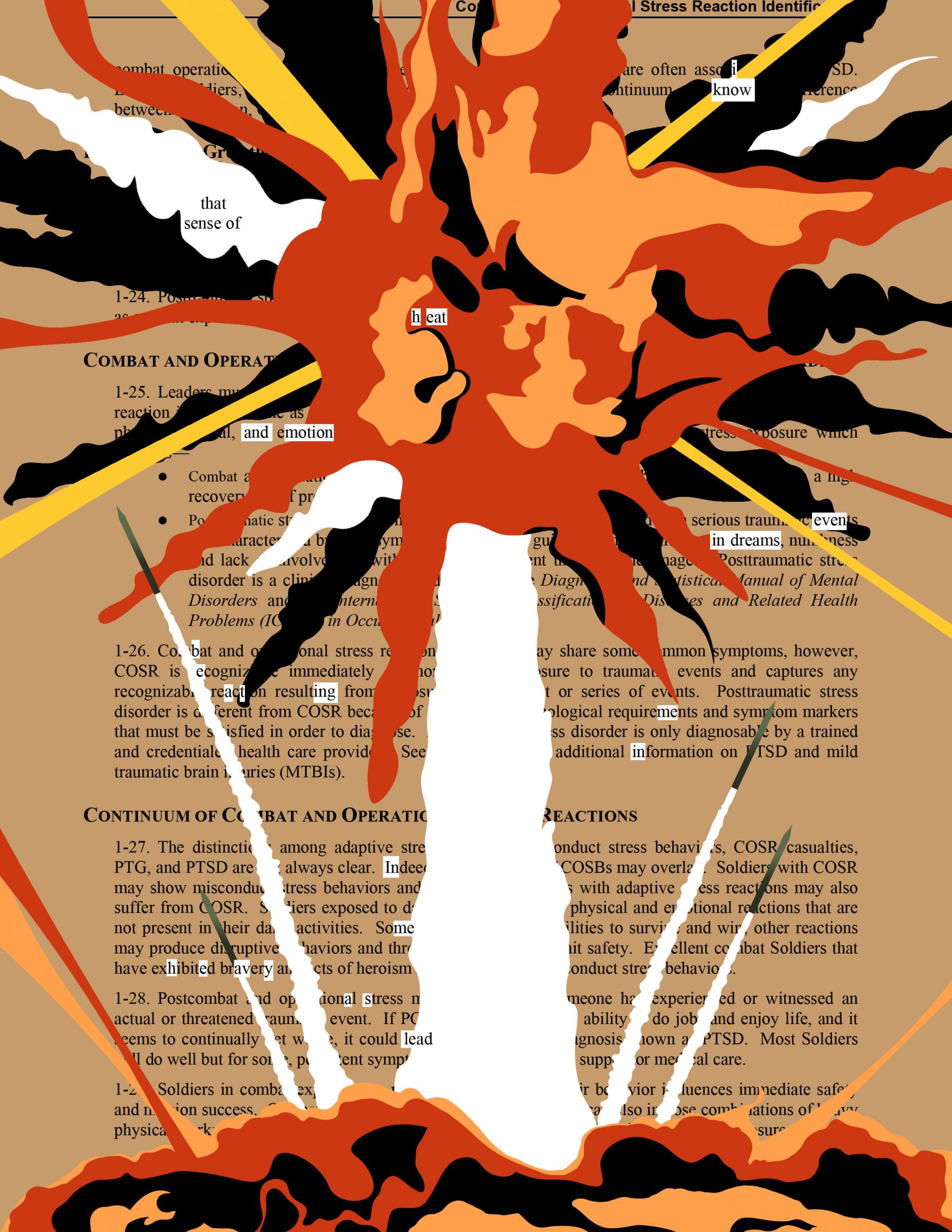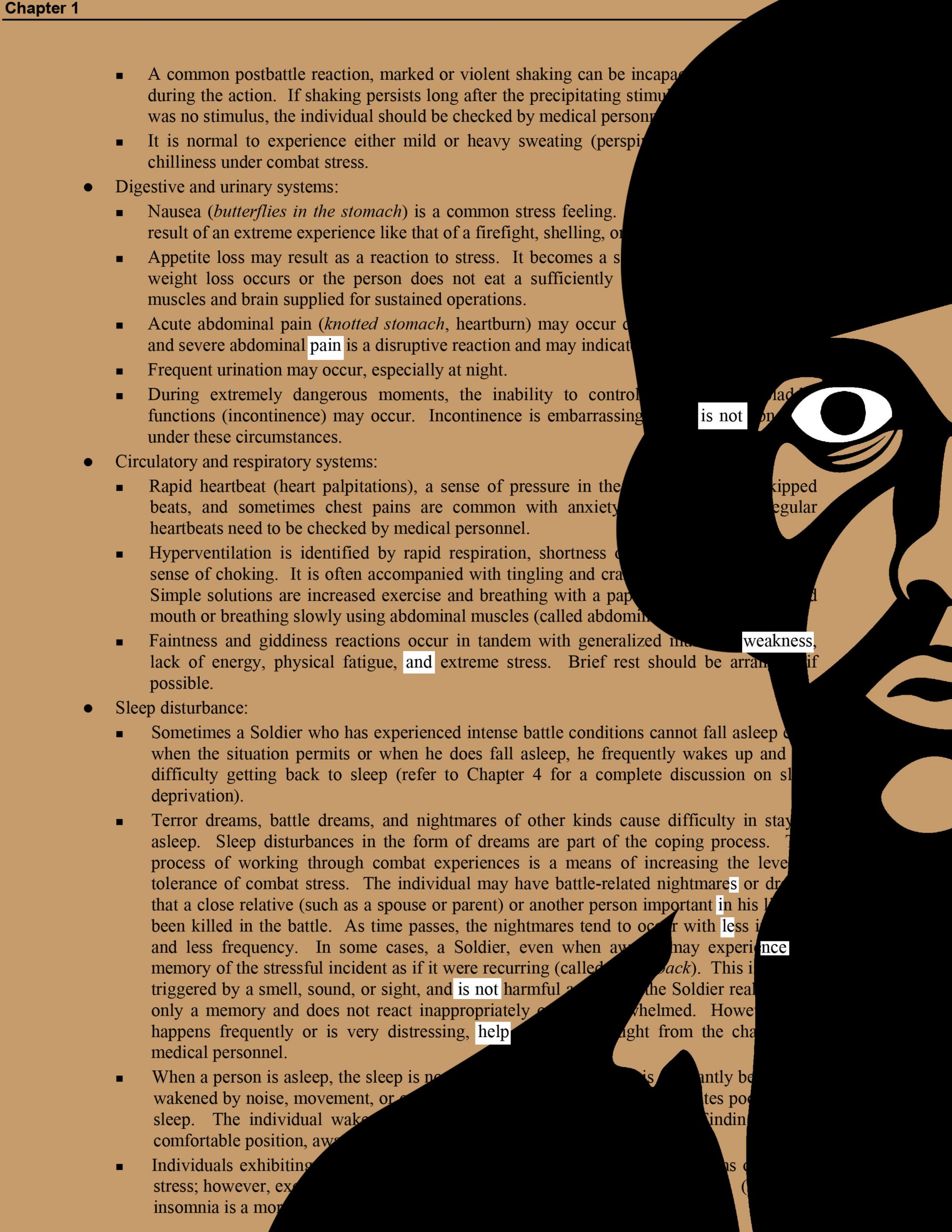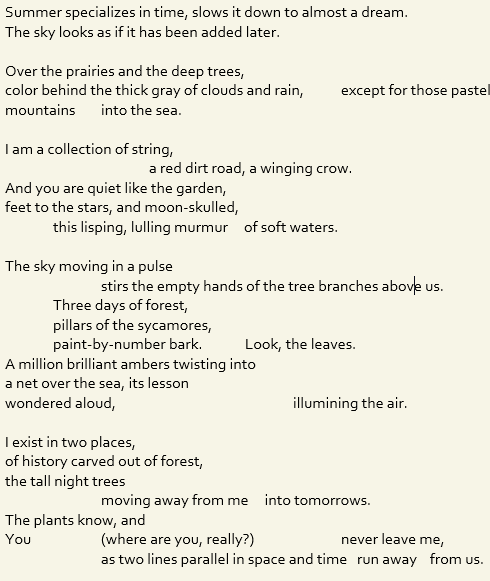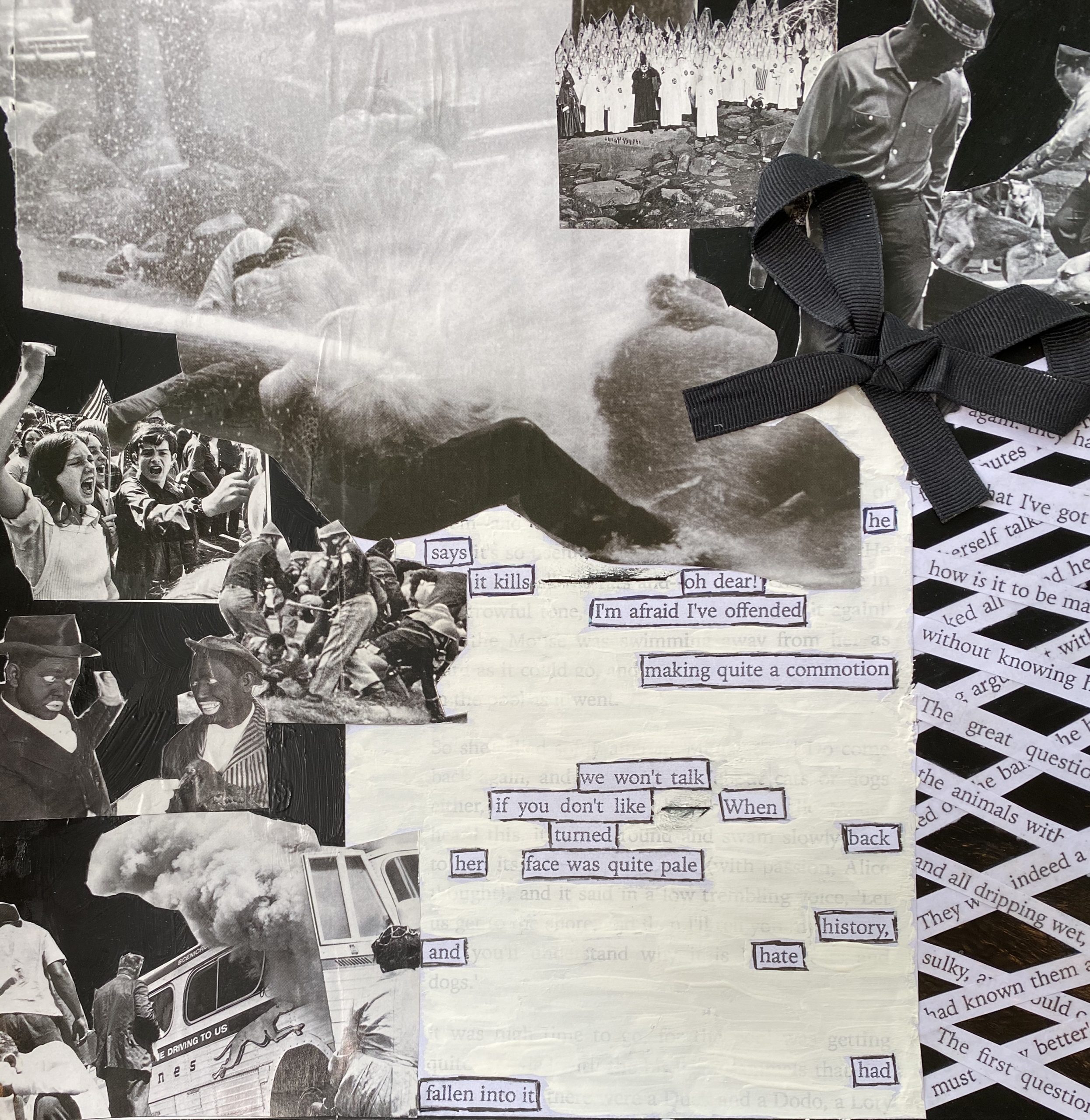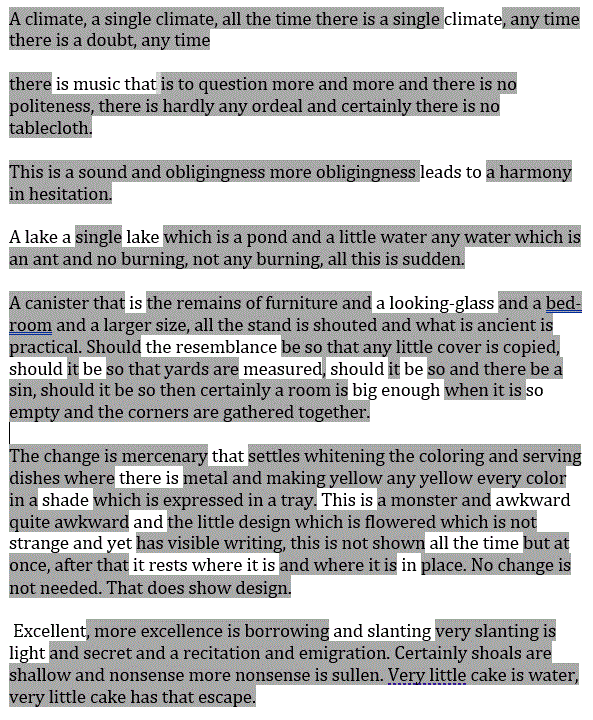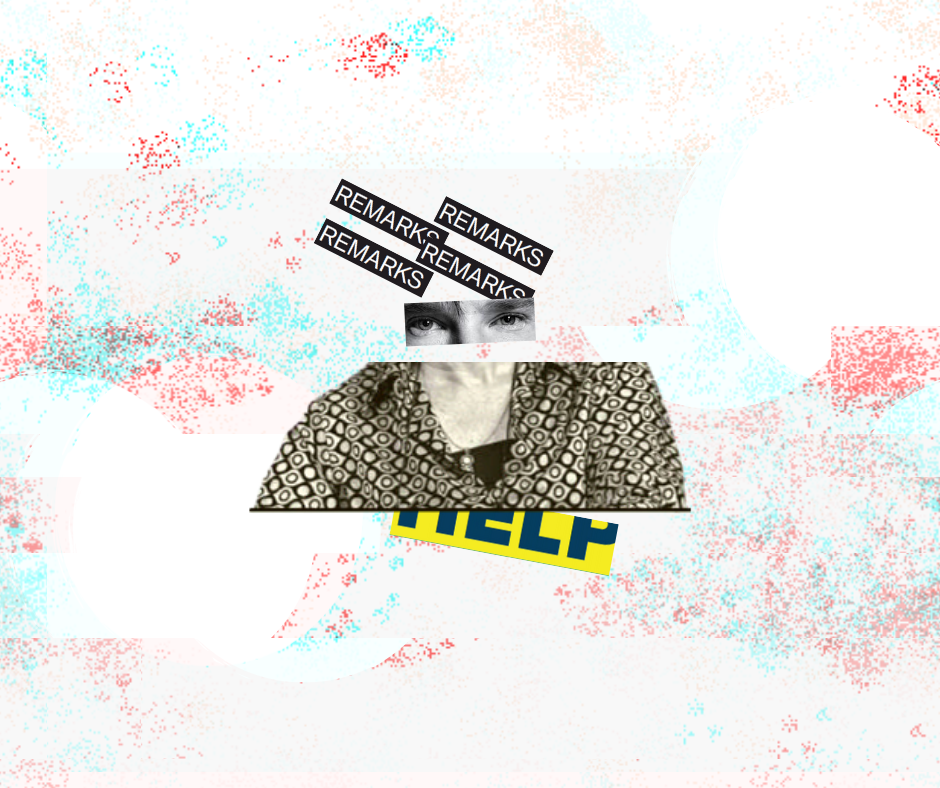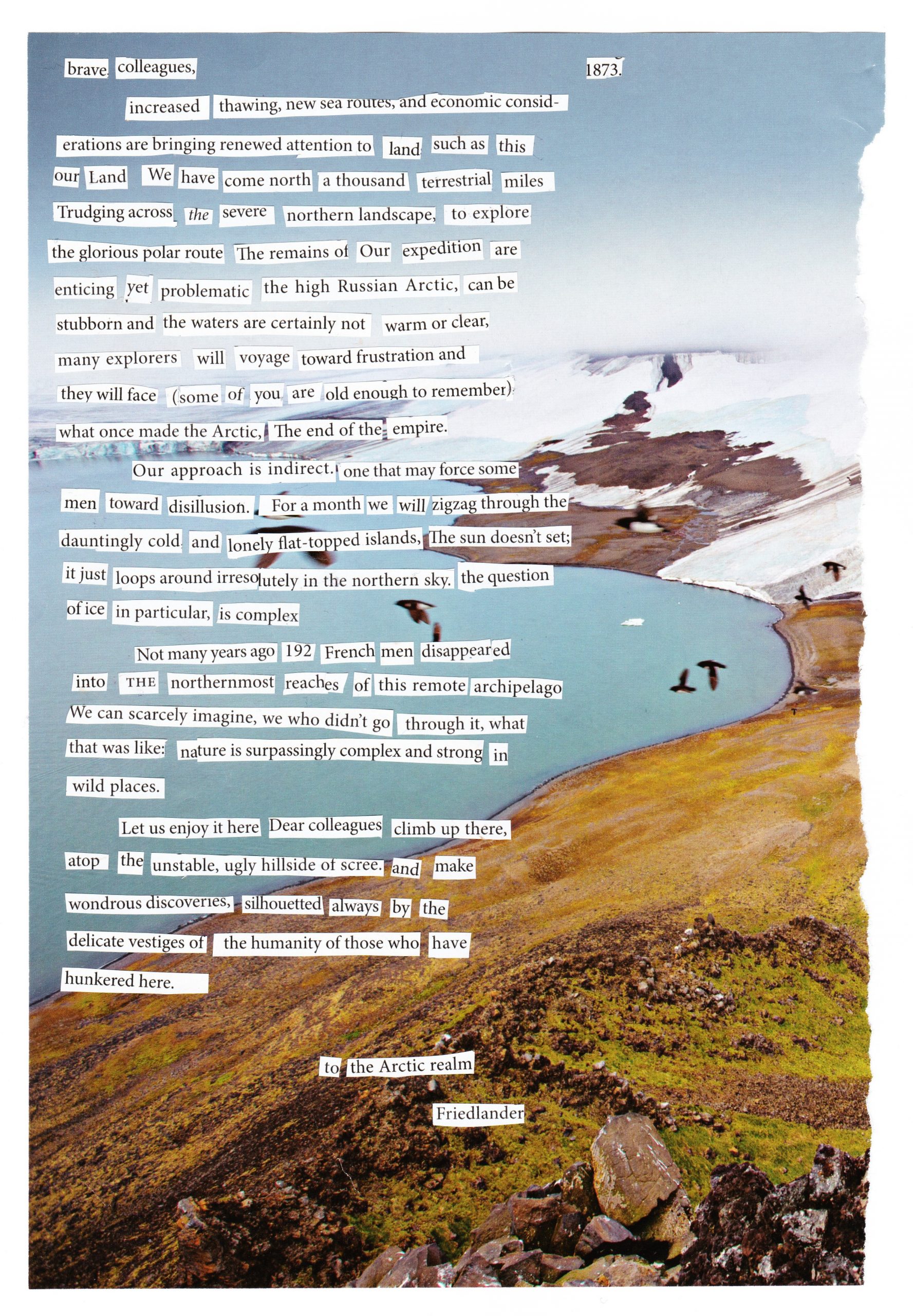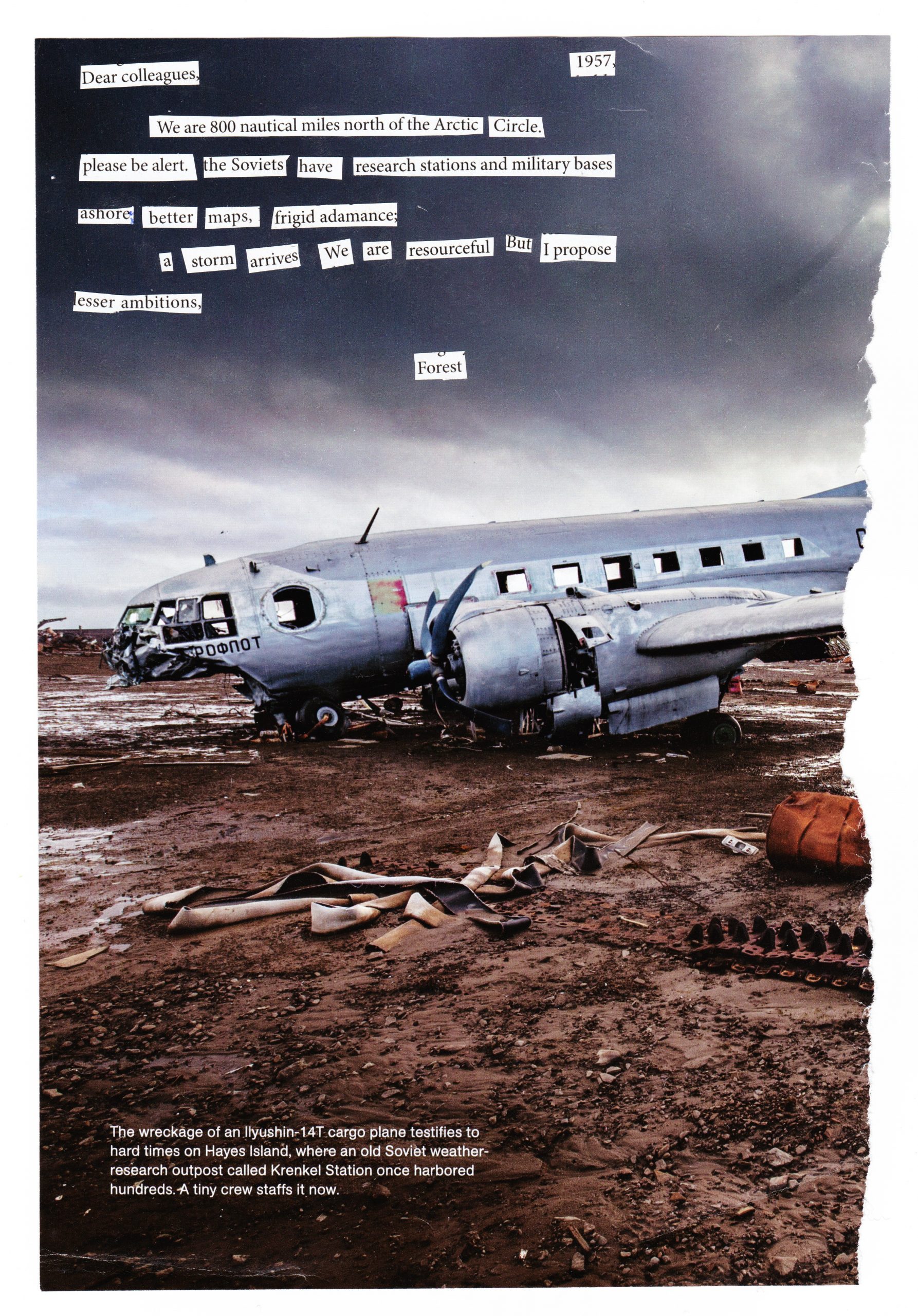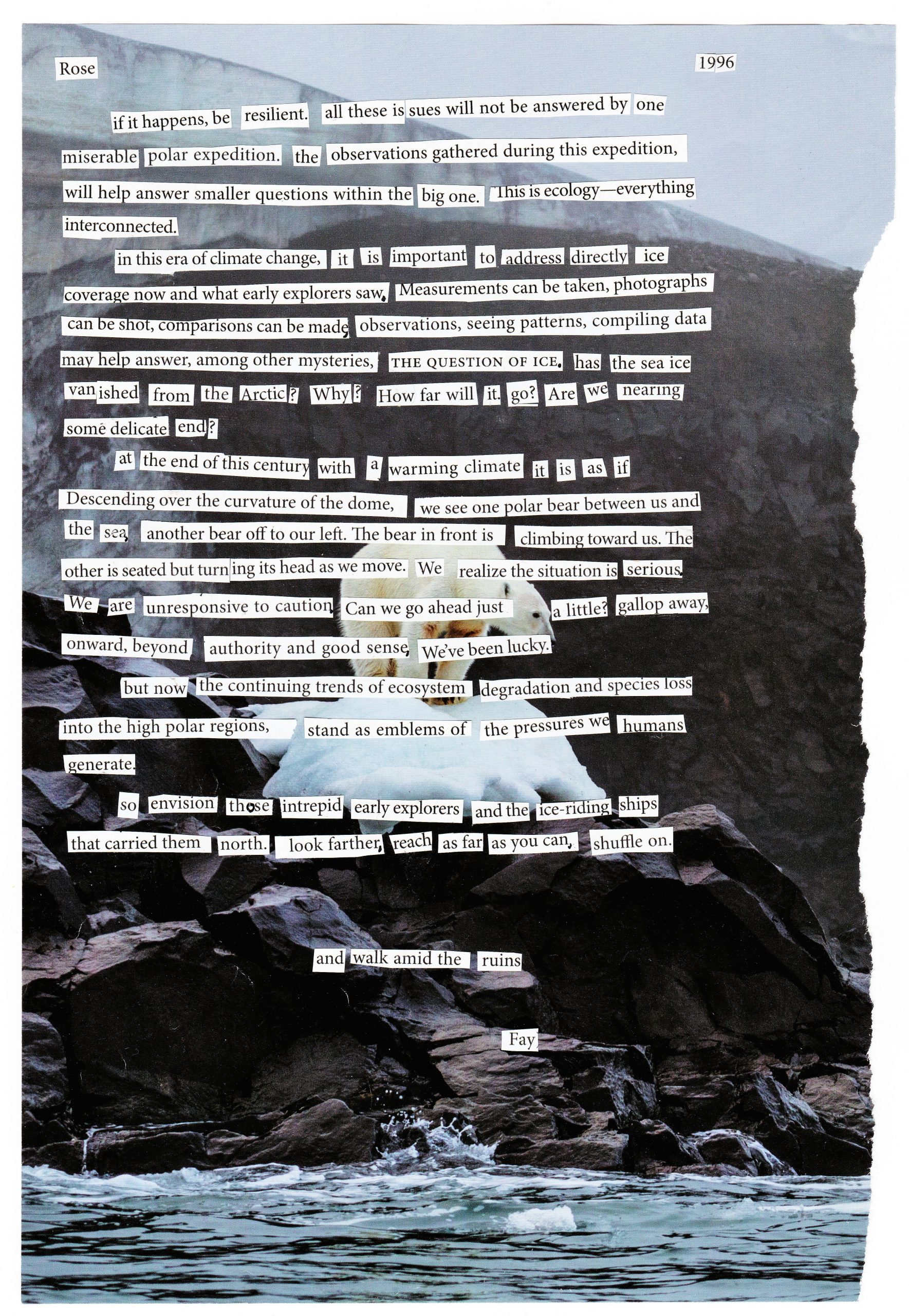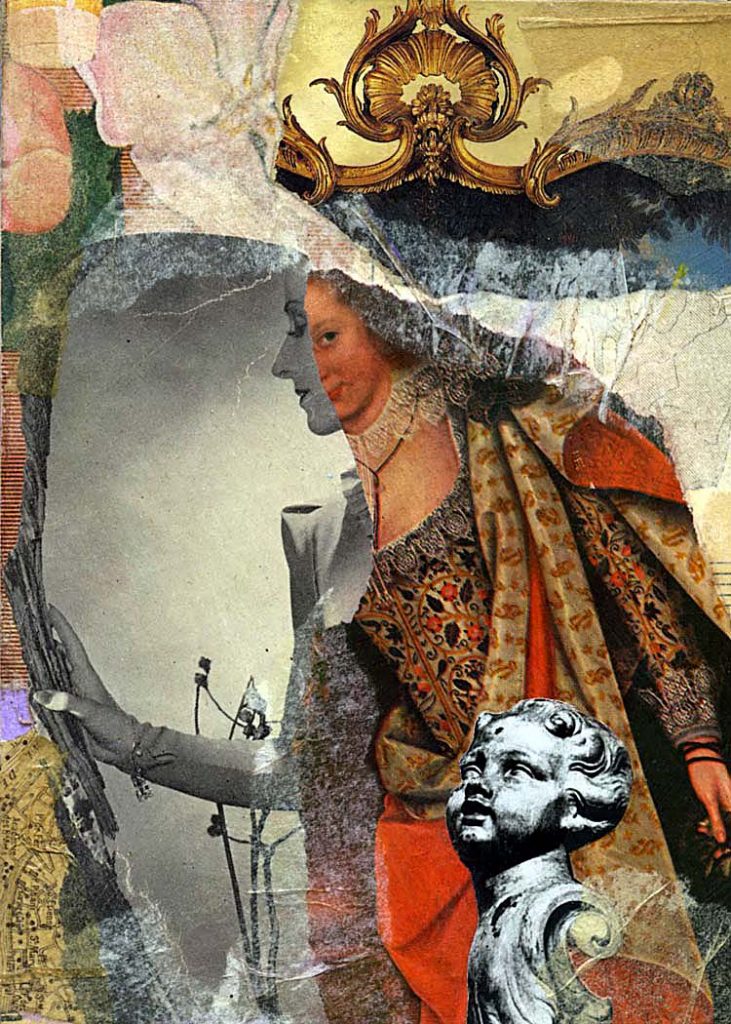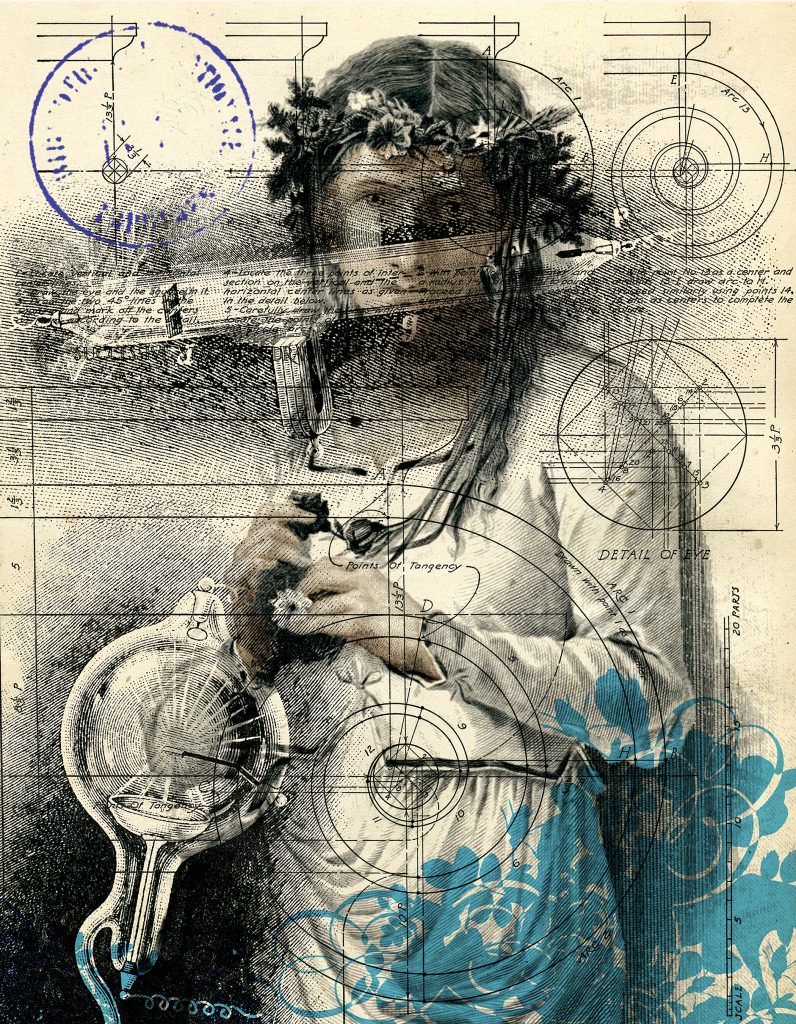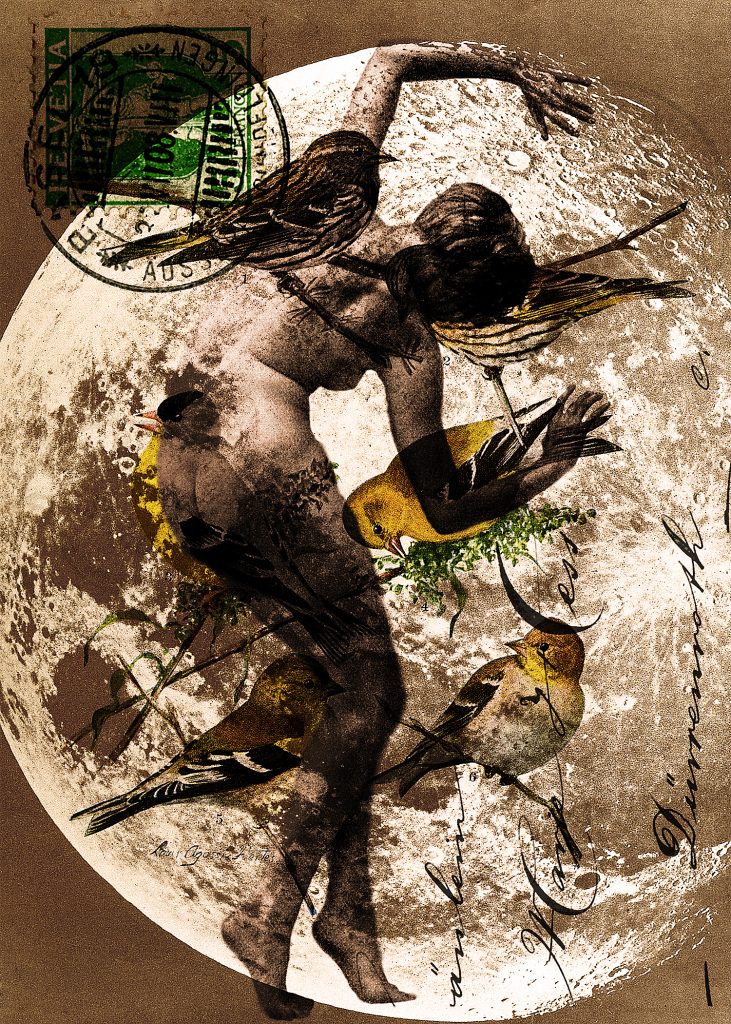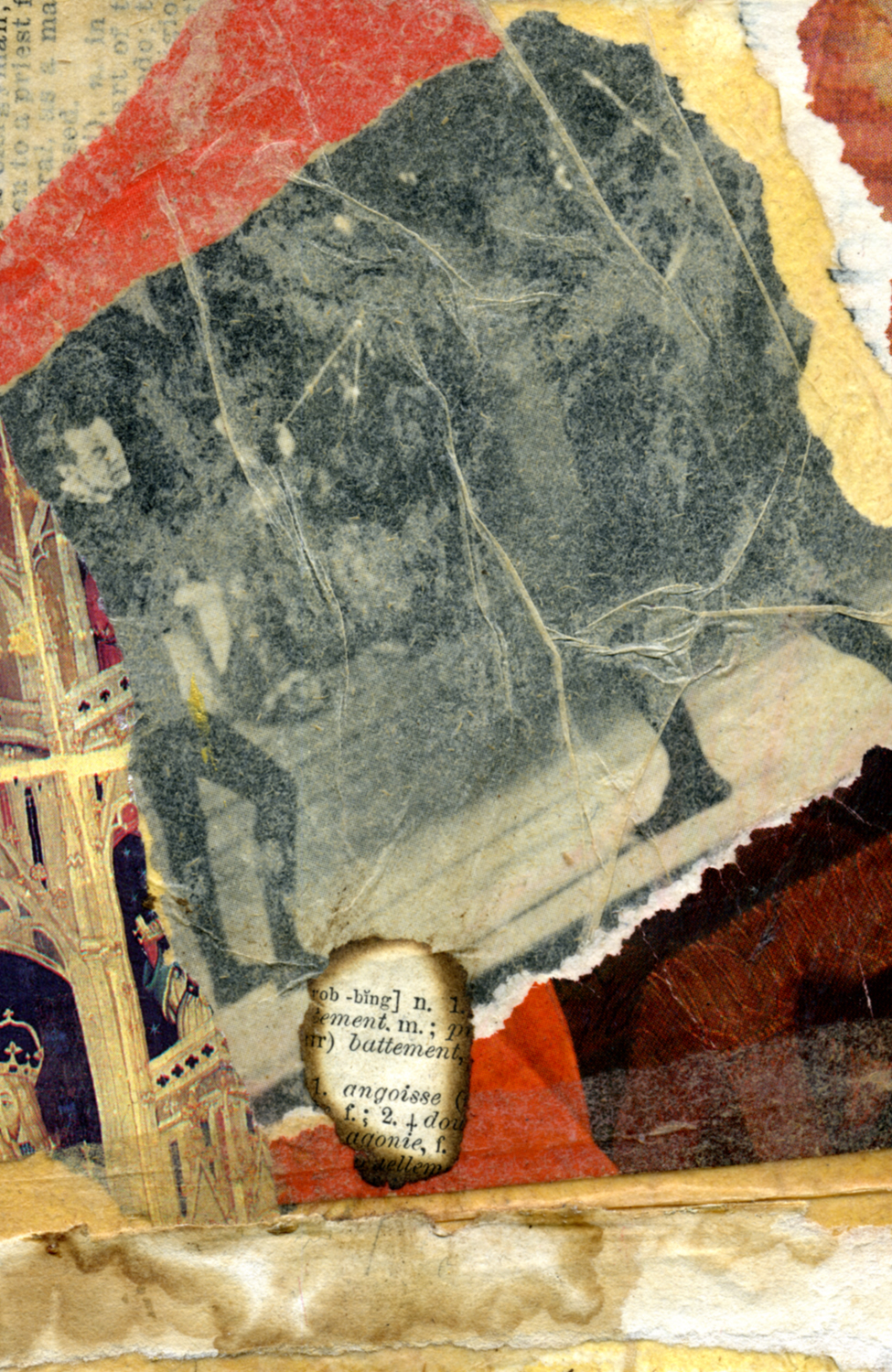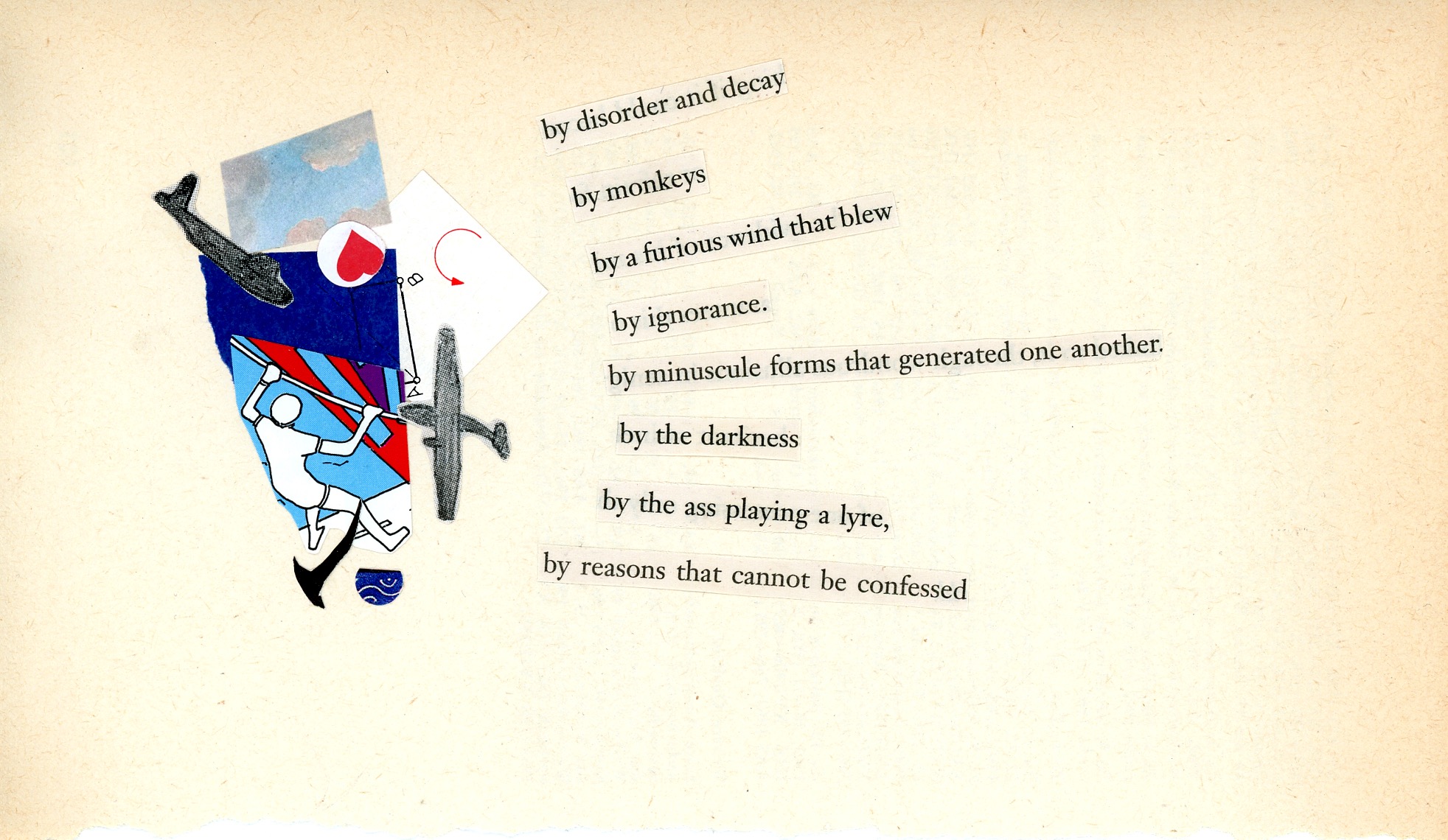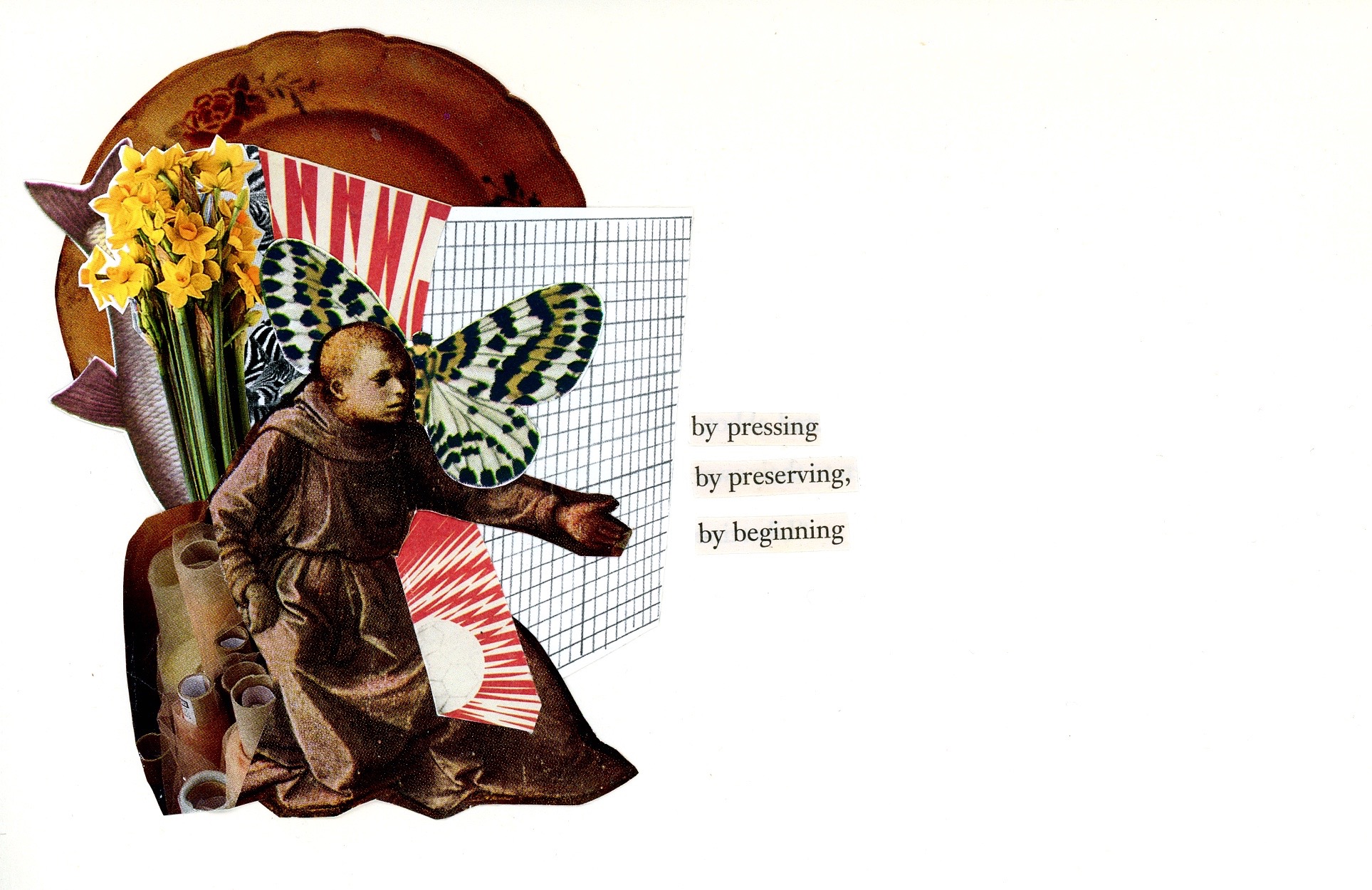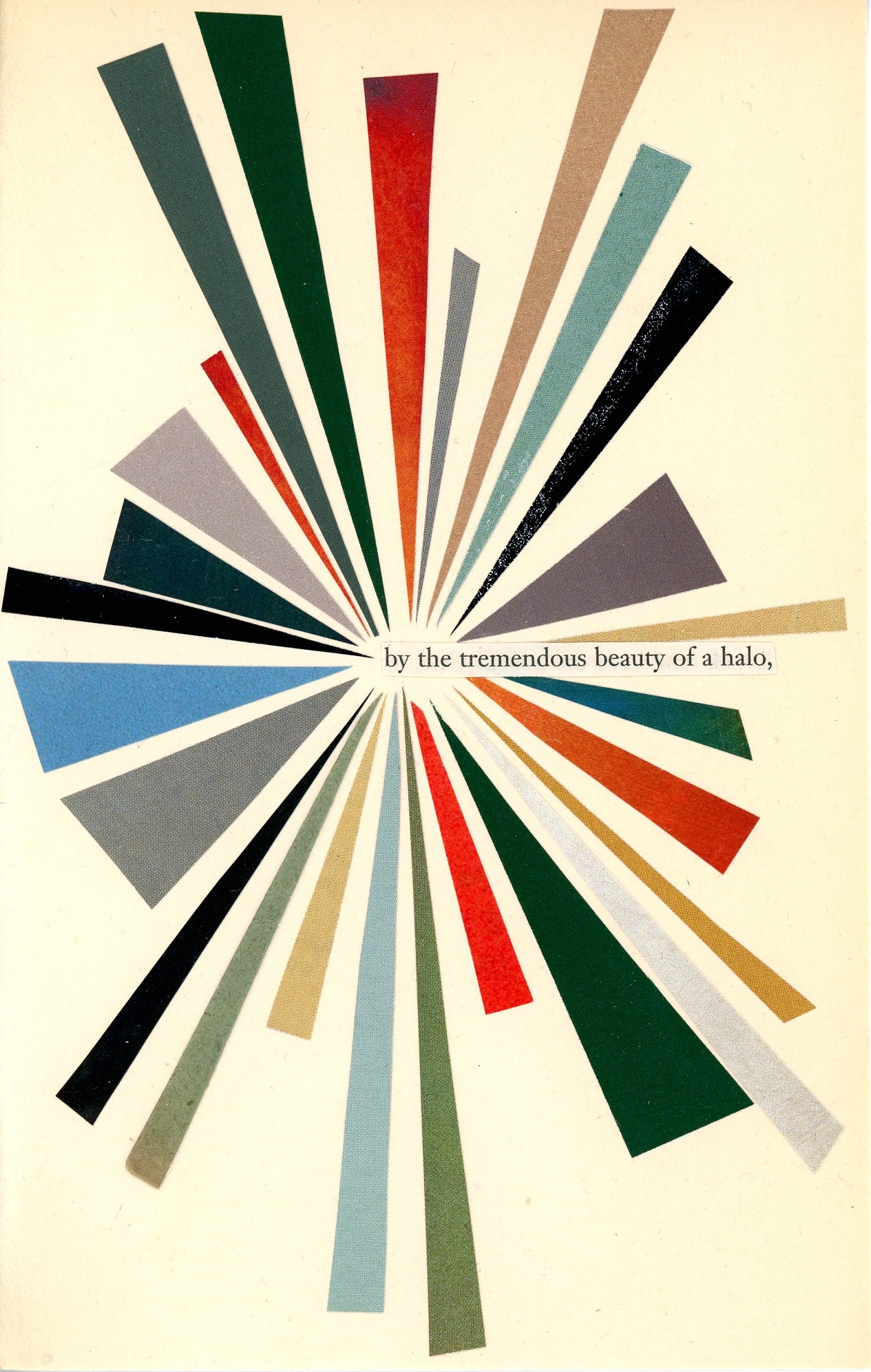Sarah Koenig
Of Natural Things
I.
insects understand
the poetry of the grown up world
the severity of a house’s needs –
our mysterious winters
figure prominently in their telling
they keep looking back
with marvelous facility –
gingerly they walk the length of our sidewalks
seeing boulders in its sediments
II.
horseshoe crabs aren’t really horseshoes
and they definitely aren’t crabs
they shed their old names as they get bigger
soft but firm to the touch like wet fingernails
small ones are the size of a spider
they remind people of quarters
if you pick up a quarter
it will kick its tiny legs
tickling your palm
III.
the survival of the tree
depends on the jay’s ability to think ahead
though they are shy and retiring
they will carry the abandoned acorns
far from the tree shadow
then bury them out of reach
it’s a risky strategy –
the jay has effectively planted them
and may not remember what they will become
Source & Method
Each section of this poem takes language from a different book. I combed through the books to find interesting phrases, rearranged the phrases into short poems, then combined the poems.
Sources:
Section I: The Virgin Homeowner, by Janice Papolos
Section II: Cabinet of Curiosities, by Gordon Grice
Section III: The Nature Book, by Marianne Taylor
Sarah Koenig lives in Seattle, WA. Her poetry has appeared in Barrow Street, PANK, Forklift Ohio, the Bellevue Literary Review, Bellingham Review and Cutbank, among several other journals. Her work has also appeared in Washington 129, an anthology of Washington state poets.
